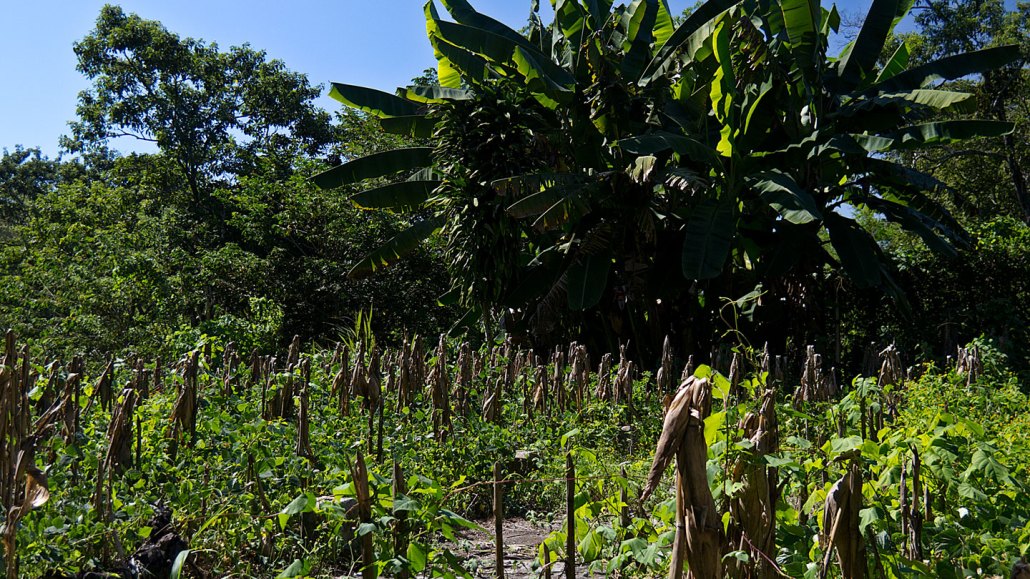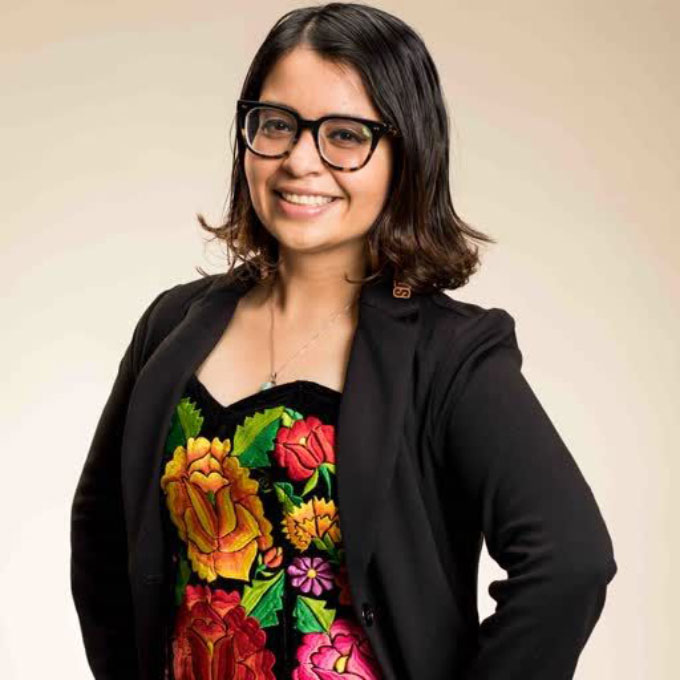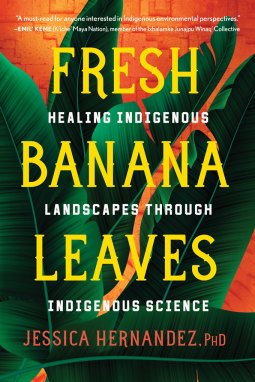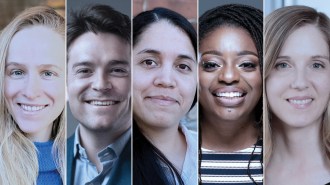‘Fresh Banana Leaves’ shows how Western conservation has harmed Indigenous people
Environmental scientist Jessica Hernandez talks with Science News about her new book

In Fresh Banana Leaves, Jessica Hernandez describes how Indigenous communities in Mexico care for milpas, agricultural fields in which multiple types of plants are grown together because they can support one another. In this milpa in Central America, bent corn stalks support newer crops. In the background stands nonnative banana trees.
LI1324/Wikimedia Commons (CC0 1.0)
- More than 2 years ago
Fresh Banana Leaves
Jessica Hernandez
North Atlantic Books, $17.95
During the civil war in El Salvador that began in the 1970s, an injured Victor Hernandez hid from falling bombs beneath the fronds of a banana tree. The child soldier, a member of the Maya Ch’orti’ group indigenous to the region, made a crutch from a branch of the tree and limped toward Guatemala, toward freedom. “I strongly believe that it was this banana tree that saved my life,” he told his daughter, Jessica Hernandez, who shares the story in Fresh Banana Leaves: Healing Indigenous Landscapes Through Indigenous Science. “It is ironic because banana trees are not native to El Salvador,” he said.
Jessica Hernandez, an environmental scientist, draws parallels between her father’s story and that of the banana tree. The banana tree’s journey from Southeast Asia via colonial European ships forced the resilient plant to adapt to its new home in the Americas. Similarly, her father adjusted to being displaced, eventually settling in the United States, often experiencing less-than-warm welcomes along the way.
Hernandez uses her father’s stories and other first-person accounts to frame a complex discussion on the interplay between colonialism, the displacement of Indigenous peoples, land degradation, and differences between how Western researchers and Indigenous people approach conservation. Western restoration can often focus on rooting out invasive species, Hernandez points out. But such a narrow focus, she contends, fails to understand that Indigenous people — the lands’ original stewards — are integral parts of imperiled landscapes.
Sign up for our newsletter
We summarize the week's scientific breakthroughs every Thursday.
Some researchers are now taking a community-based approach to conservation, in which Indigenous people participate in project planning instead of serving as study subjects. But this still doesn’t go far enough, Hernandez argues: In such studies, non-Indigenous people often end up speaking for Indigenous communities.
Science News spoke with Hernandez about what she sees as conservation’s failures, Indigenous displacement and the connection between the two. The following conversation has been edited for length and clarity.
SN: How do you use the term “Indigenous”?
Hernandez: Somebody who still has their ancestral practices, their cultural traditions, their kinships with their people, whether they’re displaced or not, and are native to that region, or to that place that they can call home.
SN: You write about how ecocolonialism — when non-Indigenous “settlers” govern Indigenous lands without consulting Indigenous people — can exacerbate climate change and result in Indigenous displacement and ecological grief. What is ecological grief?
Hernandez: When I talk about ecological grief, I’m talking about the longing that many [displaced] Indigenous peoples have to return to their lands. Another way to look at that is the relationships that we [Indigenous people] have with nature — especially with our plants, animals and nonliving relatives. When the impacts of climate change destroy them, there’s a mourning that we all undergo as Indigenous peoples.
A lot of settlers have lost their relationships with nature. They view nature as commodities without understanding that some of these natural resources mean something else to many people, aside from economic value.
SN: You also write about how many non-Indigenous scientists practice helicopter research. How does this affect Indigenous communities?
Hernandez: Helicopter research is when scientists come up with a question, but instead of building relationships with a community [whom the] question relates to, [they] just go to the community, collect the data and never come back.
Oftentimes, we see how even some [Indigenous] knowledge is stolen. The example I brought up in the book is how a white man went to the Aboriginal community [in Australia], learned about “permaculture” [a type of self-sustaining farming system that requires minimal input from people, unlike labor-intensive, single-crop agriculture] and came back and was deemed a “founder.” Permaculture is something that you can get certified in, but not necessarily understand that it is Indigenous knowledge. Those funds [from certification courses] are not going to the Indigenous communities whose knowledge system was co-opted.

SN: Are Western conservation efforts that are rooted in good intentions insufficient?
Hernandez: I get a lot of pushback, especially when we are communities of color speaking up against conservation. We have to look at the impacts, and I think that a lot of the impacts tend to be negative — tend to be oppressive — toward communities of color. [Conservationists] tend to make all these protected areas in other countries, when in reality, they’re jeopardizing that local community’s livelihood. We see that with marine protected areas, where people who rely on fishing for sustenance are not allowed to fish. It also sometimes displaces many people because they have to leave their ancestral lands to find better economic opportunities.
Conservation is very linear, focused on one species, and doesn’t necessarily look at the entire landscape. Look at the contributors of why a certain species is declining, and sometimes it’s not even that people are overharvesting — it’s climate change and other environmental impacts we tend to ignore.
SN: How can conservationists center Indigenous people in their approaches?
Hernandez: Invite them to the table or let them lead their own table. Indigenous peoples know their lands, know their environments, know some of the changes resulting from climate change. When you’re connected to your environment, you know best how to approach it. Conservationists should include Indigenous peoples as stakeholders, as opposed to always focusing on governments as the stakeholders.
SN: Aside from the general public, who should read this book?
Hernandez: [Conservation] professionals. People take actions once they start reflecting on how something that they uphold — like the field of conservation — can cause harm.
Buy Fresh Banana Leaves from Bookshop.org. Science News is a Bookshop.org affiliate and will earn a commission on purchases made from links in this article.








